Even rightist Israeli governments used to subconsciously regard them as potentially temporary, settler leaders say. Now, they claim, that’s all changed. Next stop: Full integration
SHILOH, West Bank — On the road leading to Shiloh stands a large sculpture, Dovecote, erected at the time that the settlement was founded in 1978. The work of Igael Tumarkin, it was implanted by Peace Now activists to symbolize their contention that the settlement enterprise in general, and Shiloh in particular, were obstacles to any hope of Israeli-Palestinian peace. An inhospitable concrete and metal structure, the sculpture looks like anything but a home for the doves that symbolize reconciliation and harmony.
As we drove past Dovecote last week in the company of Yigal Dilmoni, the CEO of the Yesha (Settlements) Council, he pointed it out with an indulgent chuckle. Rather than the towering reprimand it was intended to constitute, it is regarded by the Jews of modern Shiloh, he indicated, as a symbol of their endurance and maybe even their triumph. Dovecote is still here. But so, too, is Shiloh. Established by a handful of families and a few hundred yeshiva students 41 years ago, the settlement today has a population of about 4,000.
In the intervening decades, a succession of archaeological digs have unearthed storage jars, pottery and evidence of sacrifices here, among other findings attributed to pre-Temple-era Israelites, and work continues in and around an area that some archaeologists believe may have been the location of the Tabernacle, where the Ark of the Covenant sat for 369 years when the ancient Israelites first entered the Holy Land.
The Shiloh archaeological park now draws some 120,000 visitors a year from around the world, one of our hosts told us proudly when a small group of Times of Israel editorial staffers visited on Wednesday.
She herself grew up here, the daughter of one of those initial pioneering families, she said, as she pointed out the key finds and showed us two multi-media presentations underlining the site’s centrality to Jewish history.
With the Jewish people belatedly restored to their ancient homeland in today’s Israel, the desire to revive a vibrant Jewish presence at a place like Shiloh, with its pivotal Biblical resonance, is easily appreciated. Except, of course, that Shiloh lies in the West Bank, in the Biblical Judea and Samaria, outside modern Israel, and home to anywhere from two to three million Palestinians, depending on who’s counting.
For the four decades that Shiloh gradually expanded, therefore, it did so — like the rest of the West Bank settlement enterprise — in an ongoing twilight zone of dubious legitimacy, encouraged less and more openly by different Israeli governments, fighting to make its way closer to the mainstream Israeli political consensus.
Not annexation. Sovereignty
Over the last few years, though, that quest for Israeli legitimacy seems to have made unprecedented progress. Traumatized by the strategic onslaught of West Bank-hatched suicide bombings known as the Second Intifada, by Hamas’s takeover of Israeli-evacuated Gaza, and Hezbollah’s dominance of the former Israeli security zone in southern Lebanon, mainstream Israel has become increasingly disinclined to relinquish adjacent territory in the unreliable cause of peace.
And in the final weeks before the last elections, in April, Prime Minister Benjamin Netanyahu began speaking about plans to gradually annex all of the West Bank settlements — home to some 450,000 Jewish Israelis — evidently regarding such a declared policy as a vote-winner.
Netanyahu has maintained the stance in the run-up to September’s election redo — declaring on a visit to Efrat last Wednesday that not a single settlement home or settler will be uprooted on his watch, and that the settlers will remain “forever.”
While this position is anathema to much of the international community and to many of those in Israel who see some kind of separation from the Palestinians as essential if Israel is to maintain both its Jewish and its democratic nature, Netanyahu may have an ally in the Trump administration, whose diplomatic team has said it is not predicating its much-anticipated peace deal on a two-state solution.
Rather than continuing to regard themselves in the way they felt successive governments regarded them, as a potentially temporary presence that might be uprooted at any moment, settler leaders decided to take their destiny into their hands. Instead of merely talking about their enterprise as permanent, they began working to ensure permanence
As Dilmoni made clear in his conversation with us, however, Netanyahu’s talk of the gradual annexation of all the West Bank’s Jewish settlements — blocs, isolated settlements, illegal outposts and all — which might until relatively recently have been regarded as a sensational victory — is now deemed insufficient. The vision being advocated by his Yesha Council, he said firmly, “is sovereignty.” He repeated for emphasis: “Not annexation, sovereignty.”
The way Dilmoni told it, as we sat around the table at the Shiloh visitors center and gift shop, settler leaders made a strategic decision about five years ago: Rather than continuing to regard themselves in the way they felt successive governments regarded them, as a potentially temporary presence that might be uprooted at any moment, they decided to take their destiny into their hands. Instead of merely talking about their enterprise as permanent, they began working to ensure permanence.
Along with the diplomatic challenge to their legitimacy, he said, the settlers had faced “a perception challenge. Even though we were marking 50 years of settlement,” he explained, “in the subconscious, this area was considered by government ministries to be temporary… There was no strategic planning. No ministry had plans for this area.”
The settlers’ potentially transient presence was reflected, for instance, by the “black hole” where Judea and Samaria should have been on the government’s master plan for transportation, said Dilmoni.
At one point, he recalled, the Yesha Council was allocated NIS 300 million for road improvements, “but we couldn’t spend it,” because there was no official plan. “We could add an extra lane to an existing road; install a traffic light, but that was about it… Band-Aids.”
Development was continually being planned for the periphery — the Galilee to the north, and the Negev to the south — “but nobody was looking to the east… even though, obviously, if you want to reduce housing prices in the Tel Aviv area, the place to build is to the east, in Judea and Samaria.”
Today, all that is changing, he said. As part of their effort to assert their permanence, they hired their own experts to draw up a master plan for transportation throughout Judea and Samaria, with major roads and highways integrating West Bank transportation into the Israeli transportation system. Now the government has taken over, and is currently preparing a plan that includes the West Bank in the national vision, he said, which will solve the acute traffic problems on West Bank roads, reduce fatalities, and smooth the access from the settlements to the employment heart of central Israel. Two and a quarter billion shekels has already been allocated to West Bank transportation in the past few years, he said. The Etzion bloc, south of Jerusalem, for instance, will have a second tunnel/bridge access road constructed in three to four years, he predicted.
The same integrated strategic planning is now taking shape for electricity, water and environmental issues, said Dilmoni, again essentially incorporating the settlements and their infrastructure into Israel.
‘If I had expressed confidence a few years ago that Israel will indeed extend sovereignty here, I would have sounded delusional. Now, the American ambassador says it. In a second, President Trump will say it. Netanyahu says it. This thing is getting closer’ — Yigal Dilmoni, Yesha Council CEO
What this all adds up to, said Dilmoni, a friendly, fast-talking and dynamic personality, is “strategic planning for a permanent presence.”
“We’re staying here; we’re not moving,” he said. “And the Arabs are here; maybe some will move, or not; but they’re not going anywhere.”
Practical integration is not all, however. What “completes the vision,” he said, is that sought-after formal status, that goal of Israeli sovereignty, which he insisted is increasingly realizable. “If I had expressed confidence a few years ago that Israel will indeed extend sovereignty here, I would have sounded delusional,” he said, smiling.
“Now, American Ambassador [David Friedman] says it. [Friedman said in June that Israel, under certain circumstances, has the “right to retain some, but unlikely all, of the West Bank.”] [White House special envoy] Jason Greenblatt says it. [Greenblatt has rejected the designation of the West Bank as illegally occupied.] In a second, President Trump will say it. Netanyahu says it. He doesn’t say it as election propaganda; he says it because that is what is going to happen. This thing is getting closer.”
Asked “sovereignty over what precisely,” Dilmoni says that’s up for discussion, but is adamant that the Yesha Council is “opposed to sovereignty on the specific settlements only, and opposed to [sovereignty] just on the [major] blocs” — such as the Etzion bloc, Ariel, Ma’aleh Adumim. “We won’t agree to that.”
In the course of a series of stops during our settlements tour Wednesday, various officials and ordinary settlers with whom we spoke advocated different variations of this same confident vision. Some argued for Israeli sovereignty over the approximately 10% of the West Bank that takes in the settlements and their potential wider footprints; others called for sovereignty throughout Area C, the 60% of the West Bank that includes all settlements and perhaps 150,000-300,000 Palestinians; still others backed sovereignty throughout the West Bank.
Window of opportunity
But what, then, in a reality where Israel is permanently intertwined with the Palestinian populace — in a formal or de facto single entity between the Mediterranean Sea and the Jordan River — would become of Israel as a majority Jewish country? Or would this enlarged Israel, newly sovereign in parts or all of the West Bank, subvert its democracy by denying those now rather “Israeli” Palestinians equal rights? “The questions of political issues, citizenship, the vote issues, we can discuss separately,” said Dilmoni.
“To my happiness, when Trump speaks of economic development before political, he’s right. That world view — economic development before trying to solve political issues — I think that’s the right approach.”
Right now, several officials told us, there’s a ‘window of opportunity’ — a chance to designate as authorized and legitimate under Trump what was so frowned upon by the Obama administration; to do for at least part of Judea and Samaria what the US president has already done for Jerusalem and the Golan Heights
When we pointed out that this is not exactly what the administration is saying, and that it has in fact made clear that its multi-billion dollar economic ideas package, as unveiled at June’s Bahrain workshop, requires a political framework, Dilmoni recalibrated a little: “I hear [them saying] the economy is a very important element, before we get into the political element.”
Plainly, the advent of a US administration so empathetic to the settlement enterprise has furthered the settler leaders’ confidence in their permanence. But they also recognize that in America’s politics, if not recently in Israel’s, the pendulum swings. Right now, several officials told us, there’s a “window of opportunity” — a chance to designate as authorized and legitimate under Trump what was so frowned upon by the Obama administration; to do for at least part of Judea and Samaria what the US president has already done for Jerusalem and the Golan Heights.
Hence, noted Dilmoni, the “anger” among many at Avigdor Liberman, the Yisrael Beytenu leader who condemned Israel to September’s repeat elections by declining to provide Netanyahu with a coalition majority. “There could have been a right wing government now, with a supportive US administration,” making key strategic decisions on the status of settlements that the current, transitional government is not allowed to take. Half a year of the precious two-to-six more Trump years has been lost, he lamented.
Withdrawal? What withdrawal?
Still, the fact that such fury is reserved for Liberman, himself a fellow settler, underlines the extent to which potent, genuinely ideological opposition to the settlers and their goals has become marginalized. Where the Labor party under the likes of Yitzhak Rabin and Ehud Barak was intermittently supportive, ambivalent and hostile, and sometimes governed the country, today’s Labor barely exists. Meanwhile, the main political opposition to Netanyahu, Benny Gantz’s Blue and White alliance, includes champions of settlement alongside more dovish members whose only common cause is ousting the prime minister and the ills for which he is perceived to stand.
Indeed, the main ideological opposition to the pro-settlement Netanyahu going into September’s elections comes not from the left or center-left, but from the still more pro-settlement, Ayelet Shaked-headed, United Right alliance.
The political shift is nothing short of extraordinary. Barely a quarter-century ago, after all, Rabin was warily shaking hands with Yasser Arafat on an agreement-in-principle to gradually withdraw from much of the West Bank. By 2000, Barak was offering to relinquish some 90% of the territory, involving the uprooting of most of the settlements. Only a decade ago, Ehud Olmert was ready to withdraw from almost the entire West Bank, with one-for-one land swaps.
Now settler leaders, rather than battling against governments advocating withdrawal, are divided over whether to demand Israeli sovereignty in 10%, 60% or 100% of the territory.
Dilmoni and his colleagues are patently upbeat, believing that their “planning for permanence” strategy is paying off, and with good reason: Polls show the Israeli public is divided and uncertain over the fate of the West Bank, but some are clearly moving in their direction, not just empathetically but literally: “We had 3% growth in the settlements last year, with an average of 4.2% over the past decade — and that’s more than double the national average,” he said, reeling off a list of key statistics. The 450,000-470,000 settlers are diverse — a third ultra-Orthodox, a third modern Orthodox, and a third secular, he said. It’s a very young population — 48% aged 18 and under; 53% with the right to vote, compared to 72% nationwide. “Classrooms are overflowing. Birth rates are high. Demand to move here is huge,” and not only to settlements close to the pre-1967 lines.
“Why not?” he asked rhetorically. “It’s affordable, there’s clean air, good schools, we’re close to Jerusalem and Tel Aviv. It’s nice if people move for ideology; but it’s also great if they move for economy.”

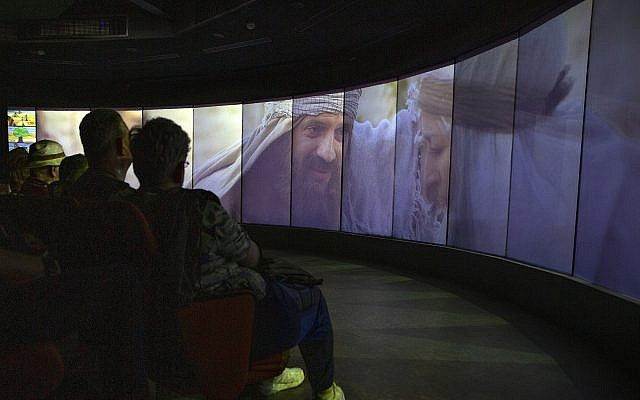
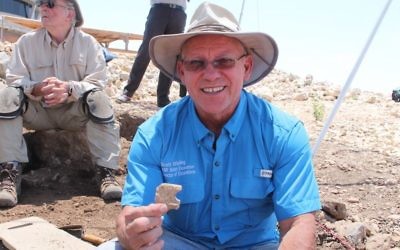
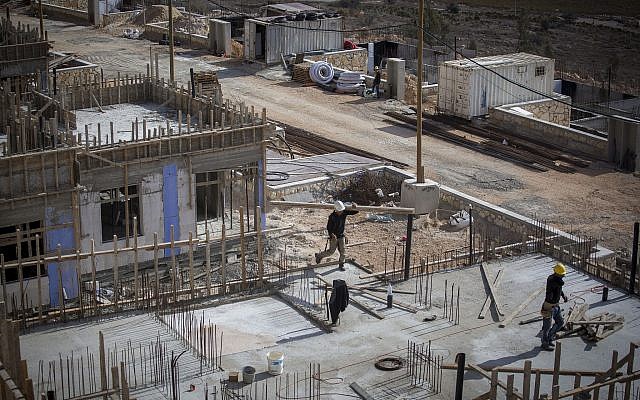
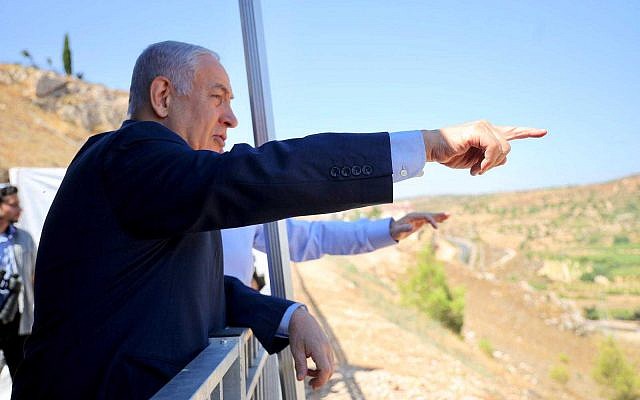
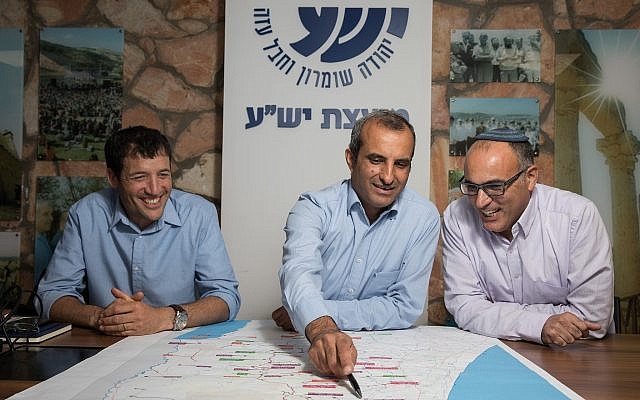
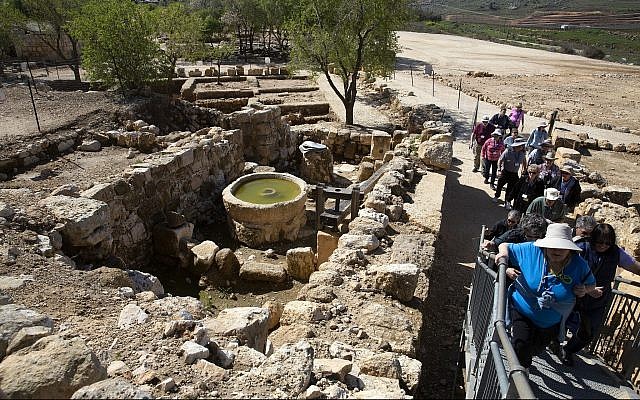
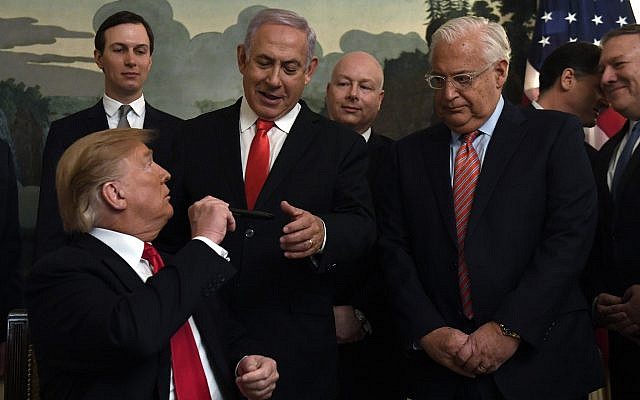

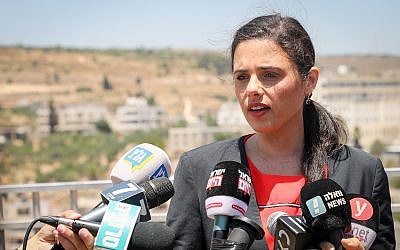
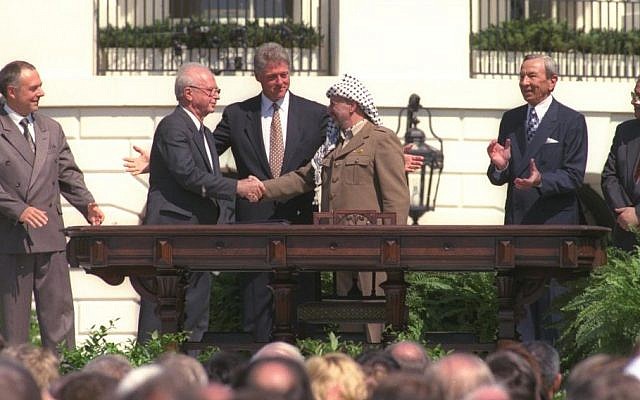


Which legal or illegal settlement is the writer David Horowitz a settler off, on which bank of??
Guess he’s an american settler due to his lack of correct language!